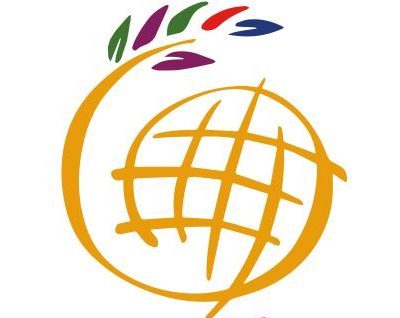
At first I thought there were few young researchers at the third Global Conference on Agricultural Research for Development (GCARD3) on 5-8 April 2016 in South Africa. I thought the conference might just be another typical ‘scientific event’ attended by various stakeholders, many of whom were ‘senior scientists’. That was until I met Febri Doni.
Febri is an Indonesian-born young researcher pursuing a Ph.D. at the National University of Malaysia (Universiti Kebangsaan Malaysia). The moment he enrolled in Microbiology in the State University of Padang, Indonesia, he figured out that agriculture promised a myriad of opportunities just waiting to be revealed. Febri went on to graduate from the National University of Malaysia and focused on soil microbiology for rice plant farming. He is currently doing research in the System of Rice Intensification (SRI) in the Malaysian region and is a member of Malaysian Agroecological Society for Sustainable Resource Intensification (SRI-MAS).
Febri sees agricultural development as a ‘patch’ for the world’s most wicked problems: malnutrition and climate change, and as critical in addressing issues of food security. According to the International Rice Research Institute (IRRI), rice is a staple for the majority of the 1.7 billion South Asian population and a source of livelihood for more than 50 million households. With the South Asian population predicted to rise to more than 2 billion by 2030, South Asia must increase rice production. This drives Febri’s interest in research into the intensification of rice systems, an in figuring out which methods are effective in enhancing the quality and quantity of rice.
The SRI is a climate-smart, agro-ecological methodology to increase the productivity of irrigated rice by changing the management of plants, soil, water, and nutrients. Originating in Madagascar, SRI is based on the cropping principles of improving soil conditions and irrigation methods, reducing plant density, and improving plant establishments methods. “Unlike the conventional rice farming system which uses abundant chemical fertilizer and inefficient seeds, the SRI uses mechanical weeding systems and natural fertilizers such as compost. While conventional farming can only produce up to four tonnes of rice per hectare, SRI can produce up to 15 tonnes of rice per hectare,” explained Febri.
SRI can transform the lives of farmers and is more sustainable and eco-friendly. Using compost, for instance, will result in healthier soils and less contamination of the groundwater system, Febri said. The mechanical weeding system can improve the oxygen in the soil which will be beneficial if the land is going to be reused for farming.
Febri is keen to involve youth in this project and is working to encourage more young people into agriculture. “I came from a small village in Jambi, Indonesia where the main livelihood is farming,” he said. “However young people tend to migrate to urban areas to get better jobs and do not want to be farmer because of they think that agriculture will not be able to make them a living.”
Febri tries to spark agricultural awareness among youth by utilizing his social media skills. Using Twitter, Instagram and Facebook, Febri regularly updates his followers on his agricultural research. and actively promotes agriculture and the SRI using photos of him working on the field or travelling the world. What a significant milestone he has reached to captivate young people and elevate farmers through the use of technology!
“I wish to see more young people in the food and agricultural sectors, especially in Indonesia. My biggest dream is to make Indonesia as the biggest rice exporter one day,” Febri said, closing the interview.
Blogpost by Ratih Nawangwulan, #GCARD3 Social Reporter – ratih.nawangwulan(at)gmail.com
Picture courtesy of Febri Doni
This post is part of the live coverage during the #GCARD3 Global Conference in Johannesburg, South Africa, 5-8 April 2016. This post is written by one of our social reporters, and represents the author’s views only.



The proper name of National University of Malaysis is UNIVERSITI KEBANGSAAN MALAYSIA.
Thank you.
Thank you, Dr Yusoff. I have amended this in the post. — Peter
good to read about that